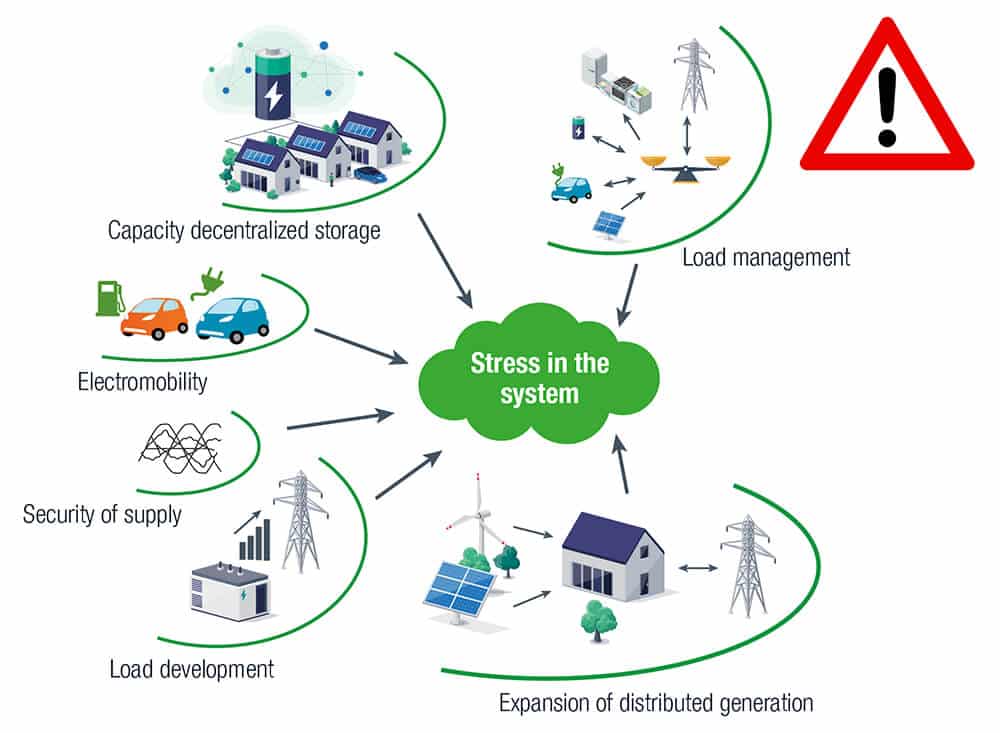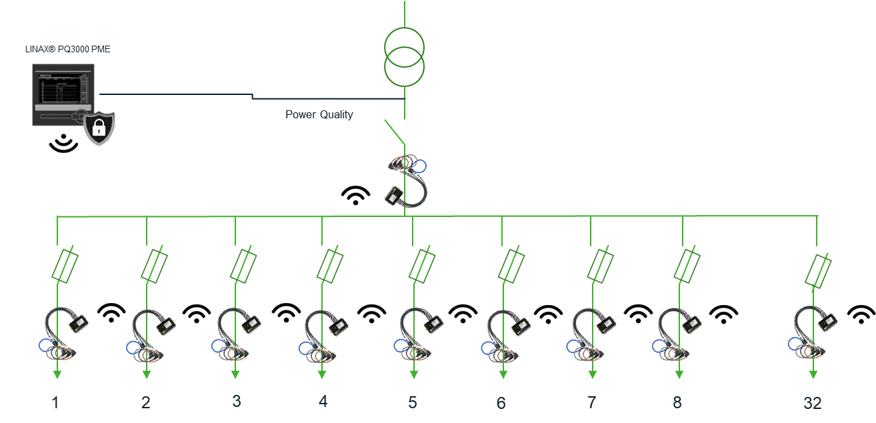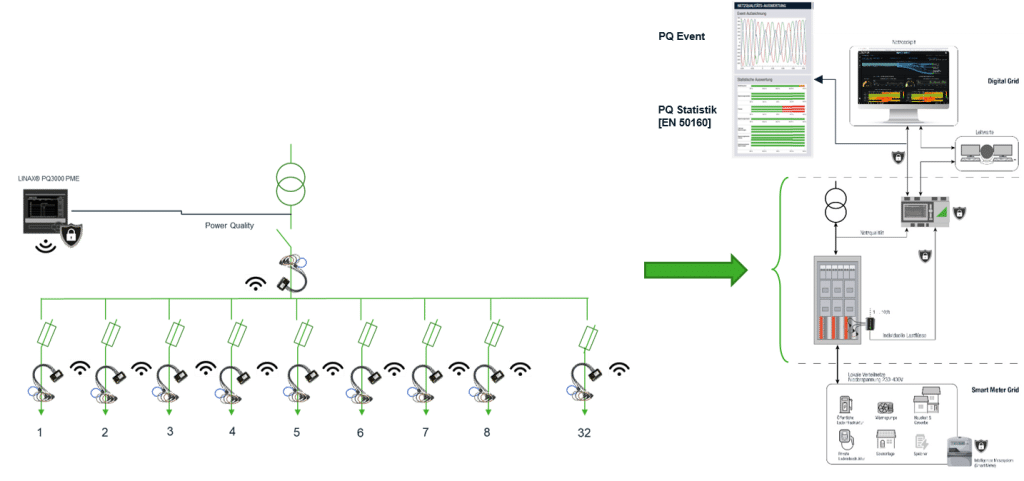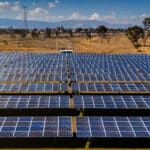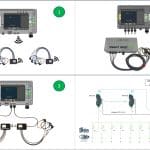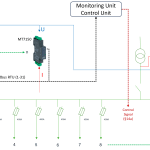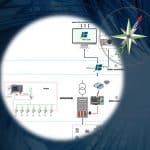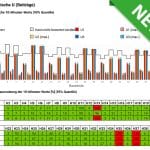What is the principle
There is great dynamism in the energy sector, from generation to distribution and offtake at the low-voltage level. However, this dynamism is also associated with great uncertainties. These are reflected in issues of seemingly limitless technologies, e.g. in measurement technology, in system software, AI, new (virtual) services, etc.
On top of this, it should be noted that the energy transition must be mastered with a very large stock of assets, i.e., existing assets at distribution network operators as well as consumers. This immediately raises the question of money, i.e. the level of investment. After all, the expenses associated with an energy transition can increase enormously without generating any benefits.
Thus, the question of costs and benefits, which often cannot be answered so simply, is fundamental. New business models are emerging or have not even been considered conventionally. Start-ups play a major role here, although traditional companies such as Camille Bauer also have answers at the ready. So all in all, a very dynamic world, whose complexity is increasingly intensified and requires good solutions through efficiency with effectiveness.


